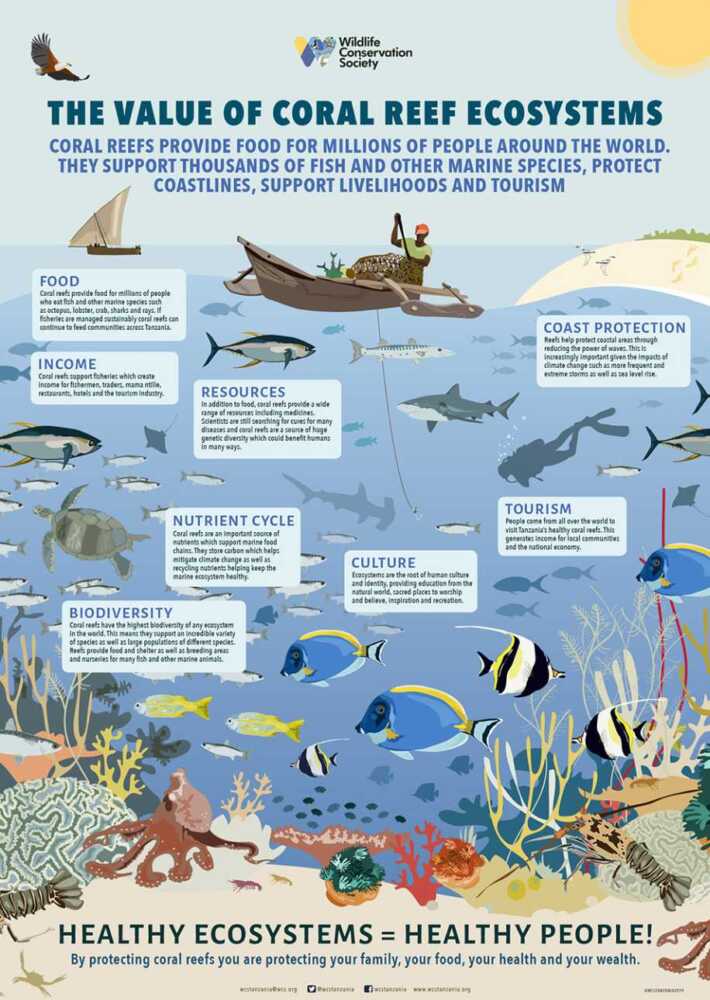Coral Bleaching Triumph: Lumpy & Bumpy
I’d like to introduce you to two of my good friends: LUMPY AND BUMPY.
Just like my colleagues, I saw these little critters every day for nearly three years. Just as you pass that tree or indoor plant as part of your daily routine, I would kick on past these two lovely wonders of nature. Every single day.
My polyp friends are living animals, and home to a symbiotic algae called “zooxanthellae” which photosynthesis to give the polyps energy to survive, allow them to replicate themselves to form colonies, and fuel the polyps to lay down their skeletons which form the beautiful structures we see from both above and below the surface.
In February of 2020, I watched them slowly change – and unfortunately, it was not for the better. First, some of the colonies started to lose the rich earthy colouring around their edges. The corals started to “pale”. The tiny microscopic algae living within the tissue of the coral polyp animals became toxic. The water was too warm, the living conditions unviable – at least for some. The coral polyps expel the zooxanthellae back into the water column, which causes the corals to lose their colour, as well as their primary source of energy for survival and growth.
Sure, it seems counterproductive to expel something you’re relying on for up to 90% of your energy requirements, but the heat makes the zooxanthellae toxic to the corals and the symbiosis is not longer beneficial. Without their zooxanthellae, corals are not dead – at least not immediately. Without this vital energy source, however, life is going to be difficult. How long would we last if we had 90% of our food taken away? We’d probably get rather sick rather quickly.
As time went on, more and more corals started to pale. Strangely enough, there were corals directly side by side that were responding entirely differently to the imposed stress. Lumpy and Bumpy are two very marked examples of this.
In February, Bumpy – on the right (above) – was paling, while Lumpy showed no signs of stress. How is it that two corals directly side by side can react differently when exposed to stresses? In a similar way to how two humans exposed to the same stress may not react in exactly the same way. One may be slightly more tolerant, one may be genetically stronger or have built up more resilience.
By June 2020 (below), Bumpy was almost totally bleached, and even had some green slime macro algae growing where there was previously live coral. The whole colony was not yet dead, Bumpy was holding on and doing its best to recover from the harsh stress it was exposed to…
By November 2020 (Below), Bumpy had almost FULLY recovered! The majority of its zooxanthellae had reoccupied the bleached polyps, and although some little sections of previously live coral was now dead (mostly the little snippets that had been taken over by algal growth), the majority of the colony was able to recover and go about their polyp-ey lives!
The recovery of this colony was quite remarkable and is a wonderful success story to showcase the resilience of corals. They have an incredible ability to bounce back from stresses, and this goes to show – in very real terms – that just because a coral bleaches, doesn’t necessarily mean it is dead, or going to die. Lumpy and Bumpy are still going strong today.
Keep up to date to read about how a healthy ecosystem supports corals to recover from stresses such as bleaching events.








